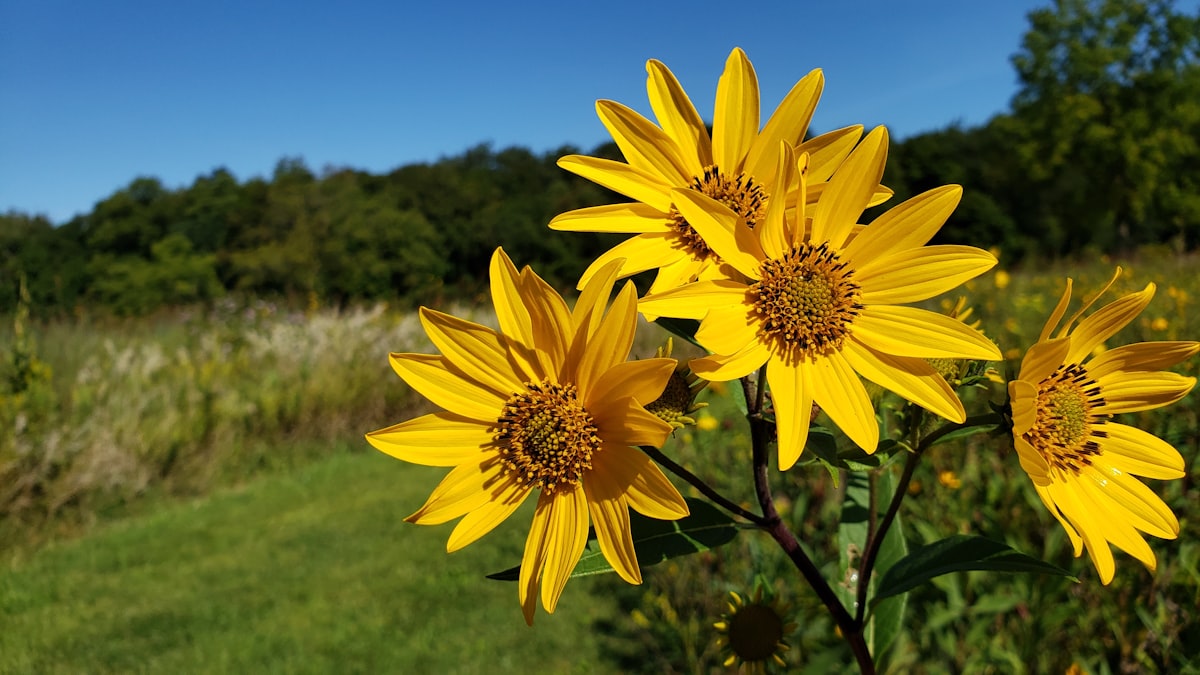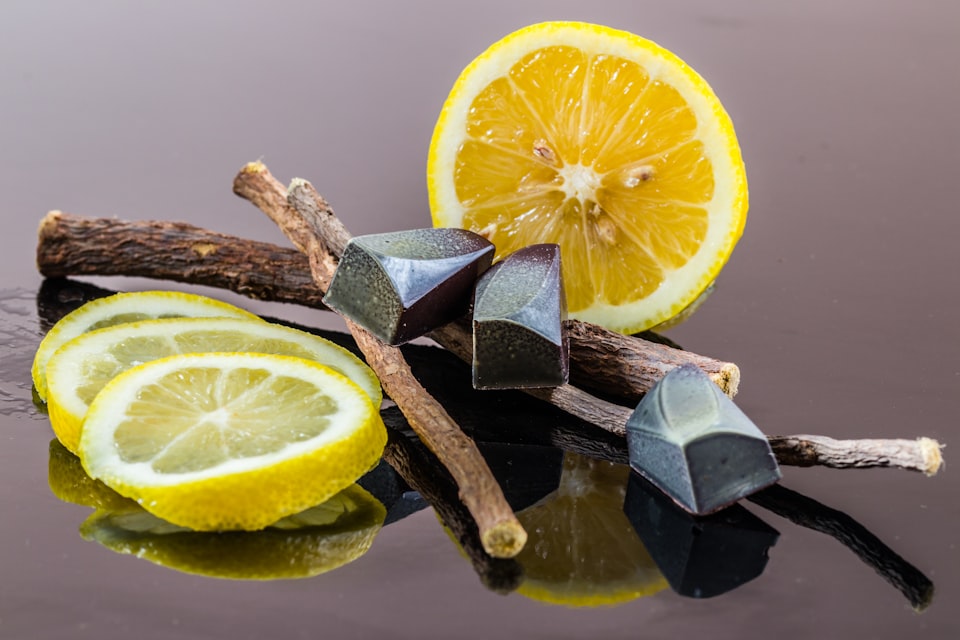III: Sunchoke
A funny sunflower tuber inspired an opinionated chef.

Good morning. Today is tridi, the 13th of Brumaire, Year CCXXXI. We celebrate le topinambour, a sunflower that grows a potato.
The sunchoke has had many prominent backers in its time. Indeed, the name "sunchoke" itself invented by American Frieda Caplan fifty years ago to help sell the thing better. (And, to be honest, it's a far superior name than the accidental one it still carries around, as well as closer to the translation of the word used by indigenous peoples.) The infamous Auguste Escoffier, practical inventor of haute cuisine, played on its Jerusalem associations by putting it in a creamy soup he called, har har, Palestine Soup.
But Escoffier's recipe was just a hazelnut addition to an older one by another prominent French chef who came to fame in the English-speaking world, one who is less well-known today and had a completely unhinged character. He picked up sunchokes when their popularity in Italy was first starting to bleed into the rest of Europe and – as he did with many strange ingredients – pureed them into a soup that positively blew minds. He was a soup artist long before Seinfeld's cranky simulacrum, so much so that people gossiped about the effect his soups had on ladies and nobles.
I'd like you to meet Louis Eustache Ude.



